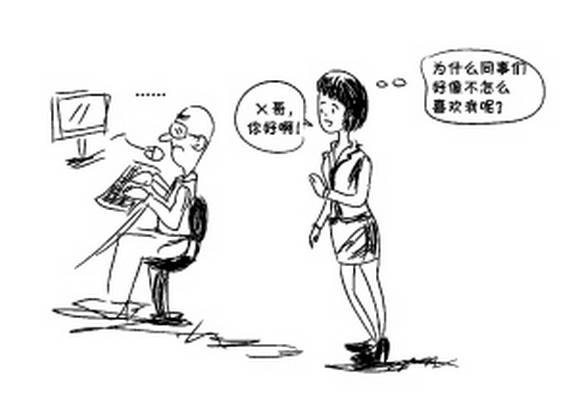%20%20%20%20%20%20%20%20%20%20%20%20
history in its native French dating back as far as the 14th century at least: Derived from a verb, reverdir, meaning “to become green again,” a reverdie is a song, poem or dance performed in celebration of the return of the spring.
Reverdie(春日颂)来自法语,在19世纪末被借用到英语中,其前史悠长,至少可以追溯到14世纪,由动词 reverdir(返青)派生而来。Reverdie 指歌颂春回大地的歌曲、诗词或舞蹈扮演。
03
Valentining
Since the 19th century, the chirruping of birds during the spring mating season is known as valentining.
自19世纪以来,我们就用 valentining 来描述鸟儿在繁衍时节宣告的唧唧喳喳声。
04
Chelidonize
If you want to be even more specific, though the verb chelidonize is a proper word for the chirping of swallows as they fly overhead. It derives from the Greek word for swallow, chelidon—which is also the origin 
of the 17th century adjective Chelidonian.
假定你想把鸟叫声分得更具体,那么用 chelidonize 来描述燕子从空中掠过期啾啾吱吱的叫声更恰当。Chelidonize 来自希腊语单词 chelidon(燕子)。Chelidon 也是17世纪呈现的描述词 Chelidonian 的词源。
05
Chelidonian
As well as being used to describe anything the deep red color of a swallow’s throat, Chelidonian winds are warm spring winds, so called because they tended to start blowing around the same time that swallows and martins began to return in the spring.
Chelidonian 除了可以指代像燕子喉咙部位的深赤色相同的颜色之外,Chelidonian winds 还有温暖春风的意思,这样表述是因为春风轻拂大地之时正是燕子归巢的时分。
06
Erumpent [?'r?mp?nt], breard
A word for the re-emerging of plants above the ground in spring, the 17th century adjective erumpent describes anything that bursts forth. The very first appearance 
of a plant above the ground, incidentally, is called the breard.
Erumpent 是17世纪呈现的描述词,有“冒出,翻开”的意思,用来描述春天埋在地下的植物破土而出。趁便提一下,植物刚刚萌发可以用 breard 标明。
07
Frondescentia, frondescent,
frondescence [fr?n'des?ns], and frondesces
According to an 18th century dictionary of botanical terms, Frondescentia is “leafing season,” or “the time of the year when plants first unfold their leaves.” Likewise, a plant that is frondescent is just beginning to bud or produce leaves; frondescence is the process of budding or producing leaves; and when a plant frondesces, then it grows or puts forth leaves or buds. All four of these come from the Latin word for “leaf,” frons.
根据18世纪的植物学术语词典,frondescentia 指发叶期,或一年间植物初度长叶的时期。可以用 frondescent 描述刚发芽或长叶的植物;frondescence 指的是植物发芽或长叶的进程;当标明植物在长叶或发芽时,可以用 frondesces 。这4个单词都来自拉丁语单词 frons(叶子)。
08
Floriage, floriation,
and efflorescence /?fl?’r?s(?)ns/
Coined in the 18th century, floriage is blossom, or the collective flowers of a plant or tree. Likewise, a floriation is a decoration made of flowers, while efflorescence is the development or production of blossoming flowers.
Floriage 呈如今18世纪,意为花朵,或植物、树木开出的花簇。Floriation 是由花朵制成的装饰品,而 efflorescence 则指开花的进程。
来历:我国日报网英语点津 英语世界
抢手视频举荐
修改:鲁蒙海
审阅:海 新
终审:张 扬




